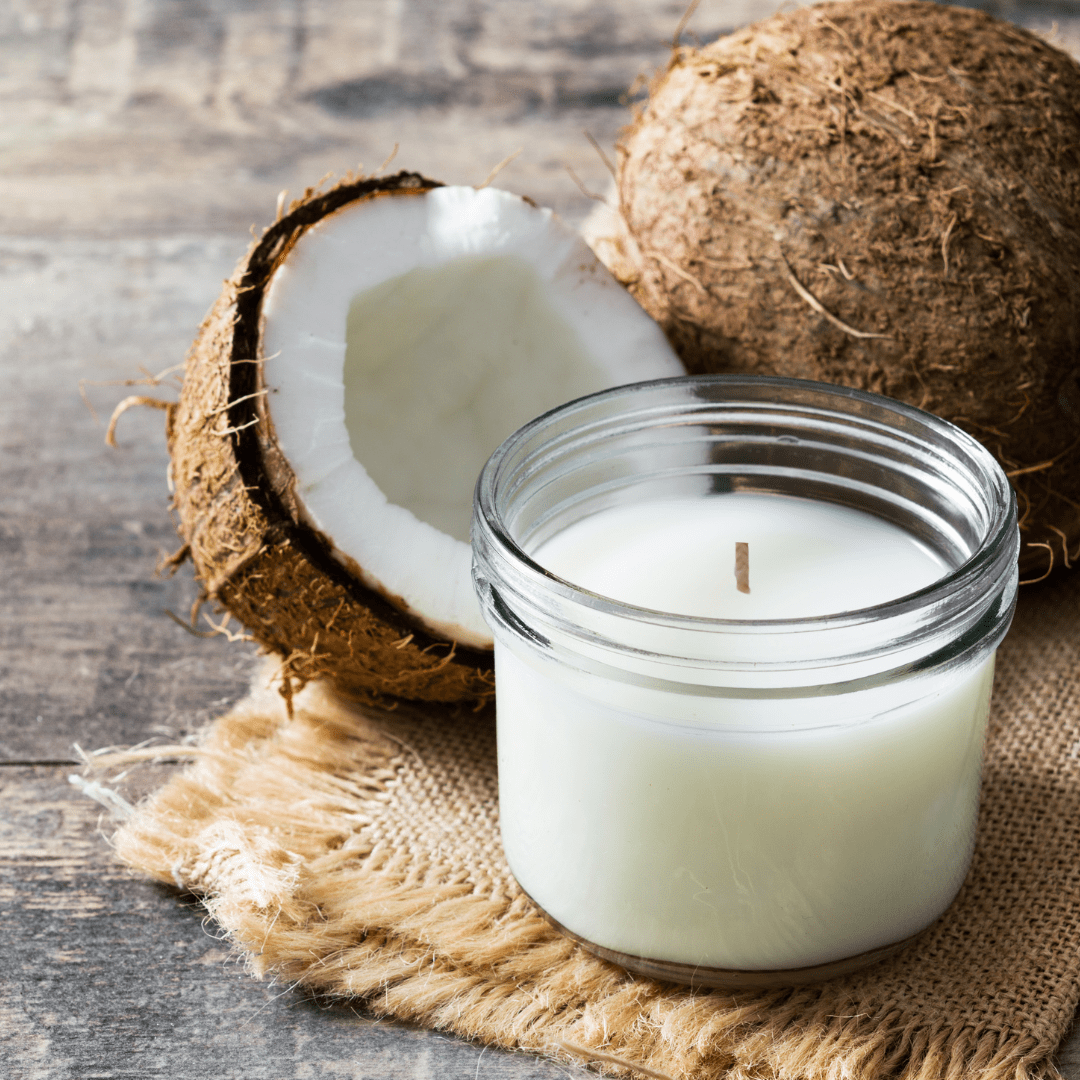Produce Ambiance with Handmade Soy Wax Candles and Home Fragrance
Produce Ambiance with Handmade Soy Wax Candles and Home Fragrance
Blog Article
From Wick to Wax: Understanding the Chemistry Behind Soy Wax Candles and Their Environmental Effect
As we brighten our spaces with the warm radiance of candles, there lies a world of elaborate chemistry behind the relatively easy act of lighting a soy wax candle. Join us as we unravel the clinical intricacies behind soy wax candles and discover their effects on our setting.
Soy Wax Vs. Paraffin Wax
When contrasting soy wax and paraffin wax for candle making, it is vital to recognize the unique characteristics and benefits of each material. Soy wax is a natural, renewable energy stemmed from soybean oil, making it environment-friendly and eco-friendly - home fragrance. In contrast, paraffin wax is a byproduct of oil refining, which raises worries concerning its ecological effect and sustainability
Soy wax candle lights melt cleaner and send out much less residue contrasted to paraffin wax candles, making them a much healthier selection for indoor air top quality. In addition, soy wax has a reduced melting factor, enabling a longer-lasting candle that disperses scent better. Paraffin wax, on the other hand, often tends to melt faster and much less cleanly, potentially releasing damaging chemicals right into the air.
From a sustainability perspective, soy wax is preferred for its biodegradability and sustainable sourcing, lining up with the expanding customer preference for ecologically conscious items. While paraffin wax has actually been a traditional option in candle making due to its affordability and convenience of usage, the shift towards environmentally friendly options like soy wax is acquiring energy in the market.
Chemical Composition of Soy Wax

Burning Refine in Soy Candles
The chemical make-up of soy wax directly influences the burning procedure in soy candles, impacting factors such as burn time, aroma launch, and ecological influence. When a soy candle is lit, the warm from the fire thaws the wax near the wick.
The combustion effectiveness of soy candles is affected by the pureness of the soy wax and the top quality of the wick. In addition, soy wax candles have a lower environmental effect contrasted to paraffin candle lights due to their eco-friendly and eco-friendly nature.

Environmental Benefits of Soy Wax

Considered a lasting choice to typical paraffin wax, soy wax provides notable ecological advantages that make it a popular option among eco-conscious customers. Soy wax burns cleaner and generates much less soot than paraffin wax, adding to much better interior air quality and decreasing the demand see here for cleaning and upkeep. Overall, the ecological advantages of soy wax line up with the expanding need for sustainable and eco-friendly items in the market.
Recycling and Disposal Considerations
Reusing and correct disposal of soy wax candle lights play a crucial role in preserving environmental sustainability and lowering waste in areas and houses. When it comes to reusing soy wax candles, the initial step is to make certain that the candle has melted entirely.

In terms of disposal, if recycling is not an option, soy wax candle lights are biodegradable and can be securely taken care of in many family waste systems. It is constantly advised to check with neighborhood reusing centers official source or waste management solutions for certain standards on candle light disposal to ensure correct handling and environmental security.
Final Thought
To conclude, the chemistry behind soy wax candle lights reveals their ecological benefits over paraffin wax candles. Soy wax, stemmed from soybean oil, burns cleaner and creates less residue when compared to paraffin wax. The combustion process in soy candle lights is much more reliable, leading to a longer and a lot more even burn. Additionally, soy wax is eco-friendly and biodegradable, making it a much more sustainable choice for candle light manufacturing. Reusing and appropriate disposal of soy wax candles even more add to their ecological effect.
When contrasting soy wax and paraffin wax for candle light production, it is necessary to understand the distinctive qualities and advantages of each material (crystal soy candles).Soy wax candles burn cleaner and produce much less soot compared to paraffin wax candle lights, making them a healthier selection for indoor air top quality.Thought about a lasting option to conventional paraffin wax, soy wax provides remarkable ecological benefits that make it a prominent this choice among eco-conscious consumers. Soy wax burns cleaner and produces much less residue than paraffin wax, contributing to far better indoor air high quality and lowering the requirement for cleaning and maintenance.In final thought, the chemistry behind soy wax candles reveals their environmental advantages over paraffin wax candle lights
Report this page